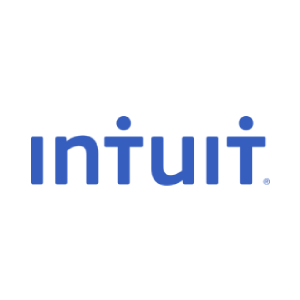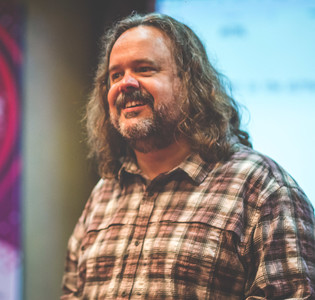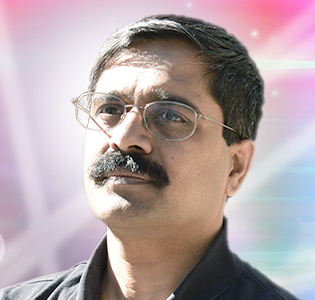
“Once again Saltmarch has knocked it out of the park with interesting speakers, engaging content and challenging ideas. No jetlag fog at all, which counts for how interesting the whole thing was."
Cybersecurity Lead, PwC
Signature is arguably the most popular and widely accepted biometric hallmarks used in the Banking sector for verifying documents, bank checks, forms etc. That is why signature verification is such a critical task and a simple bug in the system can cause severe repercussions. There are two popular ways to do it – Online and Offline. In online process, signature needs to be captured on electronic writing pad and several other types of information like writing speed, pressure etc. are captured. In offline process signature is captured by scanner. While online process performs better than offline process, it comes with a cost due to special hardware requirements. Additionally there are many cases where offline process is the only option such as check transaction and document verification. Offline signature verification can be of two types - writer dependent and writer independent. a writer dependent system needs to be updated with every new signer and for a bank, where every day new consumers can open their account this incurs huge cost. That is why the writer independent scenario is preferable over writer dependent approaches where a generic model is built to classify the signatures as genuine or forged based on the learnt discrepancies between a genuine and a forged signature.
In case of standard image classification task, the input image is fed into a series of layers, and finally at the output we generate a probability distribution over all the classes. But it requires a large number of images. In offline signature verification scenario, we neither have enough signature for each signer and the total number signers is huge as well as dynamically changing. Thus, the cost of data collection and periodical retraining is too high. On the other hand, in a few shot image classification, we require only a few signatures for each signer, hence the name Few Shot.
The speaker will discuss the following:
Learn what few shot learning is and how to build and deploy such models on the cloud to solve various classification tasks on image data with very limited amount of data.

“Once again Saltmarch has knocked it out of the park with interesting speakers, engaging content and challenging ideas. No jetlag fog at all, which counts for how interesting the whole thing was."
Cybersecurity Lead, PwC

“Very much looking forward to next year. I will be keeping my eye out for the date so I can make sure I lock it in my calendar."
Software Engineering Specialist, Intuit

“Best conference I have ever been to with lots of insights and information on next generation technologies and those that are the need of the hour."
Software Architect, GroupOn

“Happy to meet everyone who came from near and far. Glad to know you've discovered some great lessons here, and glad you joined us for all the discoveries great and small."
Web Architect & Principal Engineer, Scott Davis

“Wonderful set of conferences, well organized, fantastic speakers, and an amazingly interactive set of audience. Thanks for having me at the events!"
Founder of Agile Developer Inc., Dr. Venkat Subramaniam

“What a buzz! The events have been instrumental in bringing the whole software community together. There has been something for everyone from developers to architects to business to vendors. Thanks everyone!"
Voltaire Yap, Global Events Manager, Oracle Corp.